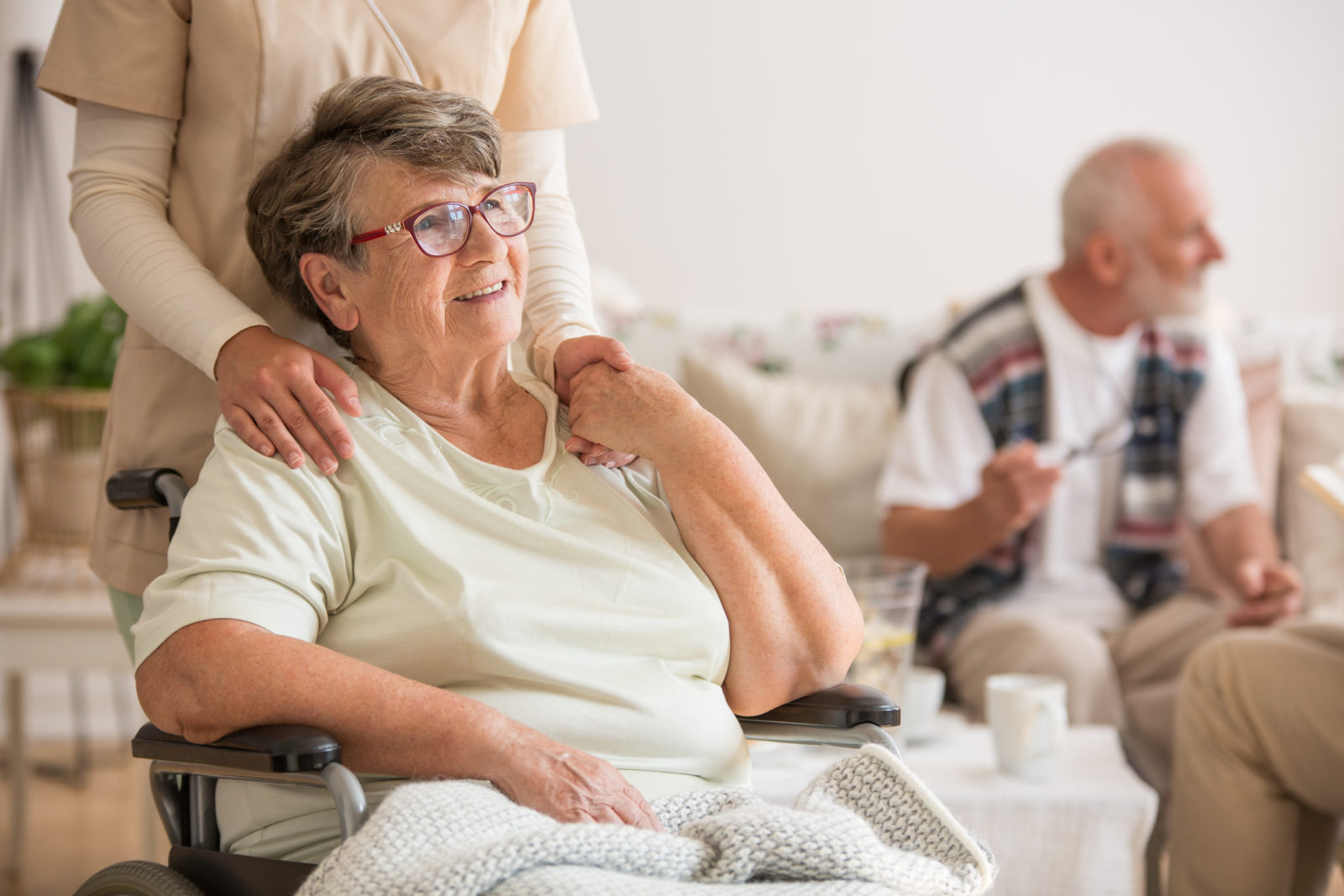Parkinson’s Disease: Symptoms and Treatment

According to the Parkinson’s Disease Foundation, nearly one million Americans live with the disease and another 60,000 are diagnosed with the disease each year. Men are 1.5 times more likely to have Parkinson’s disease than women.
Despite extensive research on the subject, we still don’t know for sure what causes Parkinson’s disease. Many believe that it is caused by a combination of genetic and environmental factors, although only 15 to 25 percent of people with Parkinson’s have a relative with the disease. There have been some studies suggesting certain chemicals – including certain pesticides and herbicides – may be a contributing cause. But no definitive cause has been identified and a cure remains elusive.
Symptoms of Parkinson’s
If you’ve experience any of the following symptoms, see your doctor.
- Tremor or involuntary movements—Hands or limbs may exhibit an involuntary trembling. Involuntary movements of the hand are common, and the person may seem to be “rolling” something between the fingers.
- Rigidity of muscles; slowness of body movement—Posture may be stiff or stooped, with diminished movement of the arms and legs.
- Shuffling gait—The person may take small, cautious steps, or may alternate slow steps with rapid ones.
- Loss of facial mobility—The person’s face may seem to be expressionless.
- Speech difficulties—Speech may be slow and expressionless, and the voice a low-pitched monotone.
- Impaired balance—Many people with Parkinson’s have difficulty balancing or sitting up straight.
How is Parkinson’s disease diagnosed?
At present, there are no laboratory tests that can confirm the diagnosis of Parkinson’s disease. In order to arrive at a diagnosis, the physician takes a family and health history from the person, and performs a thorough physical and neurological examination, observing the person’s movements and muscle function. The physician will also rule out other disorders that can cause similar symptoms. Early diagnosis of Parkinson’s disease is important so that appropriate treatment can begin.
Managing Parkinson’s disease
There is currently no cure for Parkinson’s disease. However, with early diagnosis and an effective plan of treatment, the symptoms of the disease can often be controlled or lessened. Treatment varies widely for each individual, and may include:
- Medication therapy. A number of drugs can help control the symptoms of Parkinson’s disease. The correct drug or drugs, the dosage, the method of taking medication, and the risk of side effects of drugs vary from person to person, requiring careful physician supervision.
- Rehabilitative therapy. Physical, occupational and speech therapists can assess the patient’s abilities and needs, and provide exercises to help maintain the highest possible range of motion, muscle tone, balance and flexibility, and communication ability. Rehabilitation specialists may also help the patient select appropriate adaptive devices.
- Lifestyle alterations. Exercise helps maintain muscle tone and strength. A healthful diet may help ease some symptoms of Parkinson’s and help optimize the utilization of medications you take. Getting enough rest and stress reduction are also important.
Charlesgate staff members have extensive experience in helping people with Parkinson’s lead more fulfilling lives, from helping with the activities of daily living to providing programs and activities that keep them engaged in life.
![Charlesgate [logo]](https://www.charlesgate.net/wp-content/uploads/sites/218/2016/12/logo-new.png)